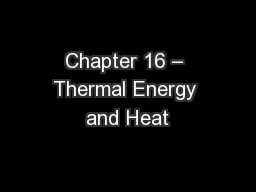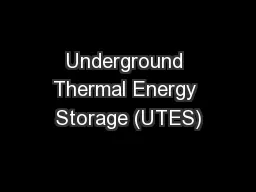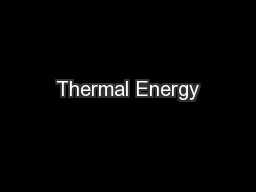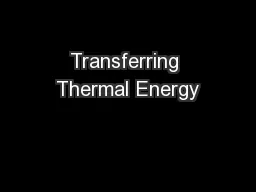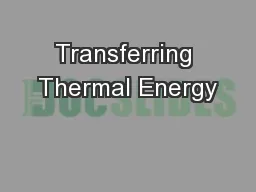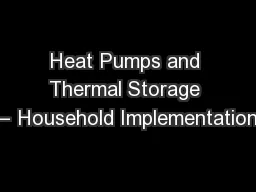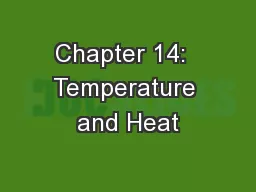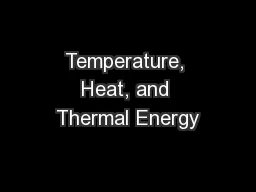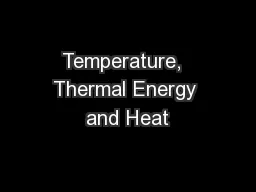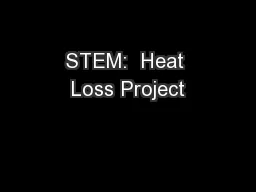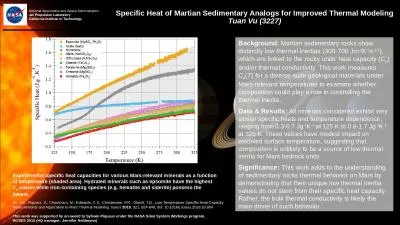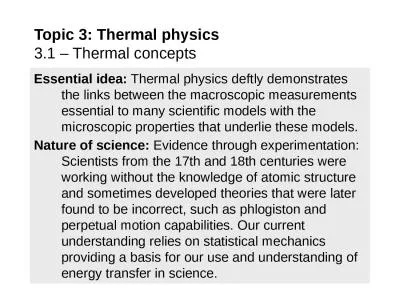PPT-Chapter 16 – Thermal Energy and Heat
Author : briana-ranney | Published Date : 2019-01-23
Section 161 Thermal Energy and Matter In the 1700s most scientists thought that heat was a fluid called caloric that flowed between objects Count Rumford Rumford
Presentation Embed Code
Download Presentation
Download Presentation The PPT/PDF document "Chapter 16 – Thermal Energy and Heat" is the property of its rightful owner. Permission is granted to download and print the materials on this website for personal, non-commercial use only, and to display it on your personal computer provided you do not modify the materials and that you retain all copyright notices contained in the materials. By downloading content from our website, you accept the terms of this agreement.
Chapter 16 – Thermal Energy and Heat: Transcript
Download Rules Of Document
"Chapter 16 – Thermal Energy and Heat"The content belongs to its owner. You may download and print it for personal use, without modification, and keep all copyright notices. By downloading, you agree to these terms.
Related Documents

